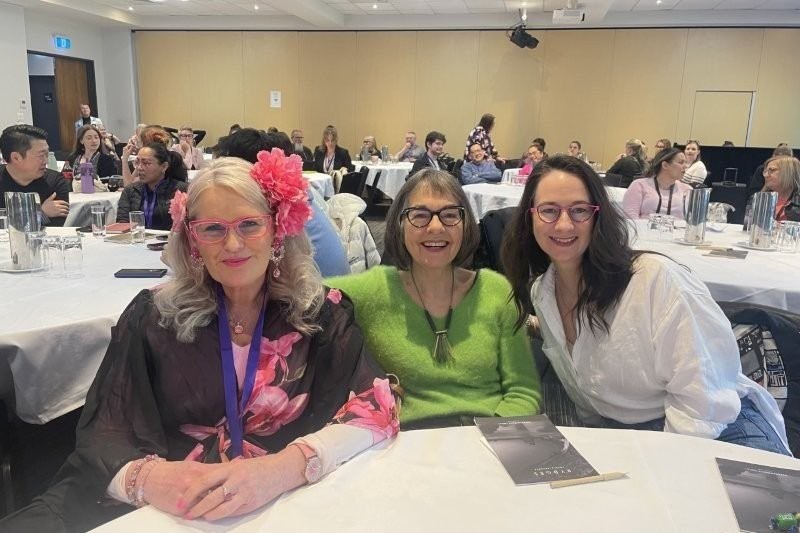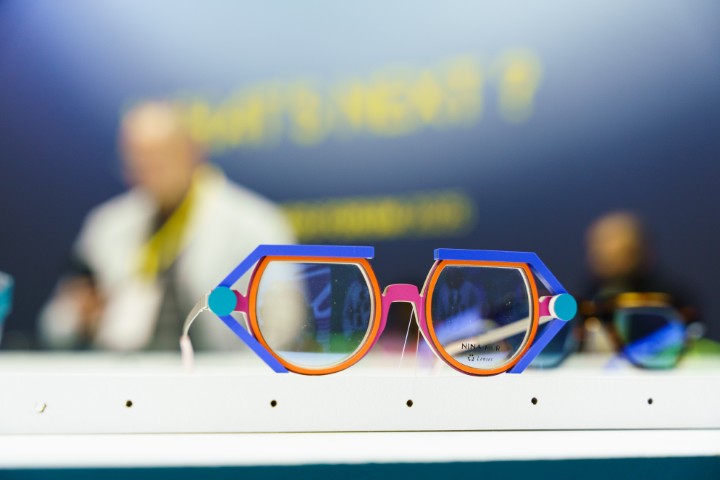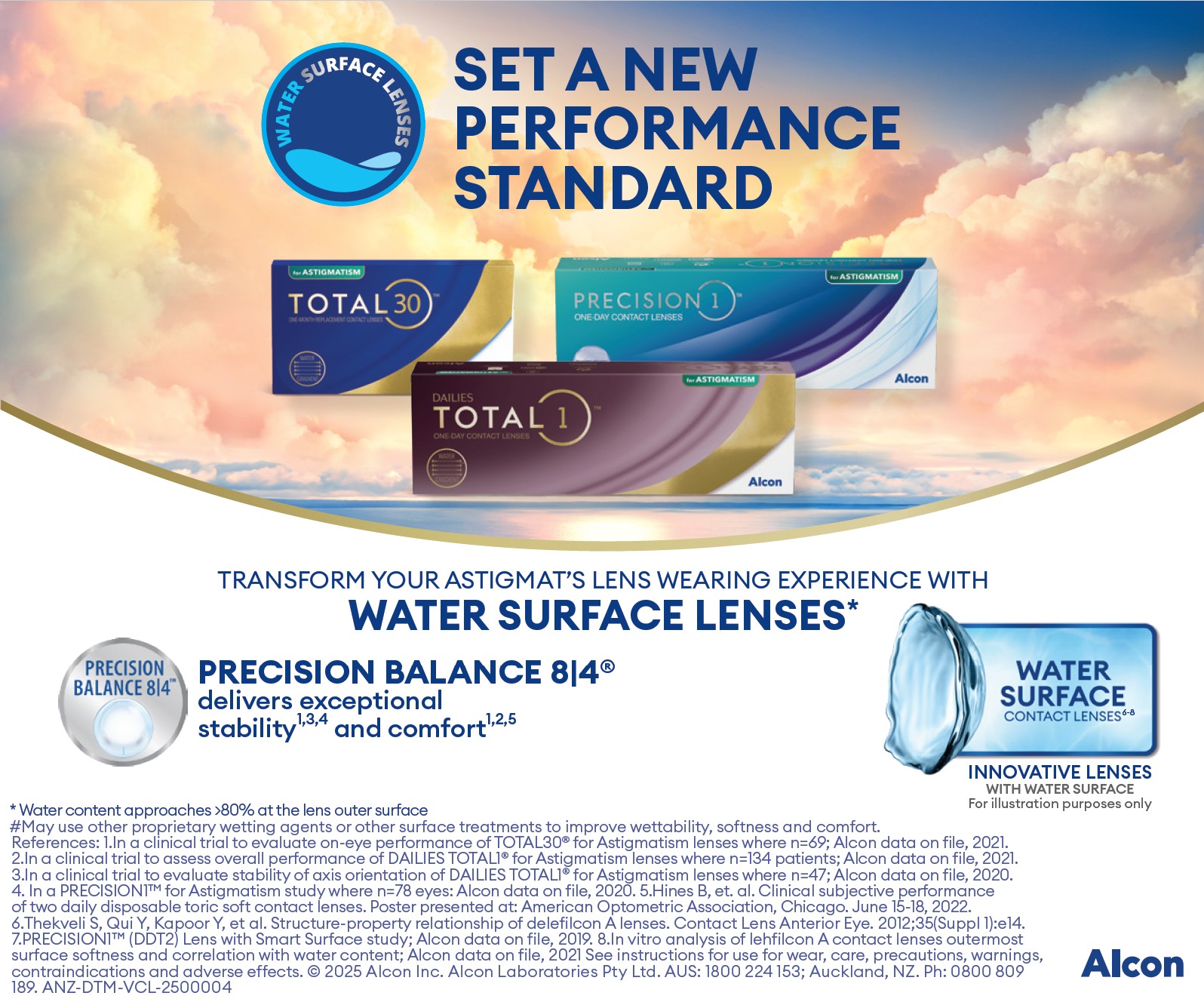Getting it right first time
The pressures of the current economic climate mean most of us are looking to make our money go further. We have greater expectations of the products we buy and of the technology that goes into them. Think about your last high-value purchase – what research did you do to prepare? Did you consult Google, social media forums, social media influencers or discuss it with family and friends? Or did you shop around, visiting many retailers?
Our customers are no different. Information on lens products is readily accessible to all via a simple Google search of ‘Who makes the best lenses?’, ‘What lenses should I choose?’ or searching relevant threads on sites such as Reddit. Our customers have a greater desire to be better informed than ever before, so the opportunity to inform and delight them has never been greater.
The reality is there are many pain points in dispensing which may vary between dispensers and practices. One method for identifying them is analysing the remake data. Historically, practices have been inconsistent in their approaches towards tracking these data. In our ongoing research, we found that of the practices that do analyse their remakes, approximately one-third monitor and record but do not act upon the findings! Another third monitor and occasionally review findings, while the remaining third monitor and act upon the findings immediately. This indicates around two-thirds of practices stand to benefit from reviewing their remake practices.
Common reasons cited for patient returns are 'change of mind concerning the frames' and 'change of mind with the lenses'. Having spent time working with stores inside and out of our own organisation to address these factors, it was evident that common approaches to recommending complex lens designs and treatments via the visual task analysis (VTA) can be quite reductive. For example, the humble multiple anti-reflective (MAR) coating is at times approached with questions like, “Do you use a computer?” and “Do you drive at night?”. But when the sole correlation to the coating is these very specific questions, patients may come to regard this purchase as unnecessary when they later reflect upon how much time they actually spend in either of these situations.
Consider how we explain complex lens designs, such as modern progressive-power lenses (PPLs), verbally or with very basic drawings illustrating the soft-focus areas. It is widely acknowledged that when learning something new, people retain 80% of the information they see, compared to 20% of what they read and only 10% of what they hear. Sometimes, there may also be a language barrier. With these factors in mind, a visual demonstration is a crucial component for the customer to understand the product.
Since customers can’t try before they buy, they invest a huge amount of trust in you. After completing a comprehensive VTA, a DO can usually visualise how the finished product will look and how it will work for that customer. Your knowledge enables you to provide the best explanation, but demonstrating the benefits can be a challenge. So it’s easy to see why using industry-developed demonstration devices to show videos is becoming increasingly popular to provide contextualised product recommendations and graphics highlighting the patient perspective. Changing scenarios, using the device’s software to link the dispense to the customer’s lifestyle makes it even more relevant. To me, this strategy is far more professional than explaining lens designs by drawing pictures of PPL contours.
Analysis has shown these video demonstrations can make a positive contribution to optimising the dispensing of lenses and the uptake of coatings and treatments, as well as increasing customer satisfaction. Crucially, it also leads to a significant reduction in the number of remakes attributed to a change of mind, particularly with lens selection.
With so much information at their fingertips, our customers are far more discerning, better informed and have greater expectations of the products and experience. This means practitioners must be far better informed in areas such as remakes and more discerning about appropriate recommendations for a customer’s lifestyle if we are to continue to meet and exceed patient expectations.

Rhian Evans has worked as a dispensing optician in a variety of independent and corporate practices over the last 20-plus years and is the dispensing advancement manager for Specsavers Australia and New Zealand.





















